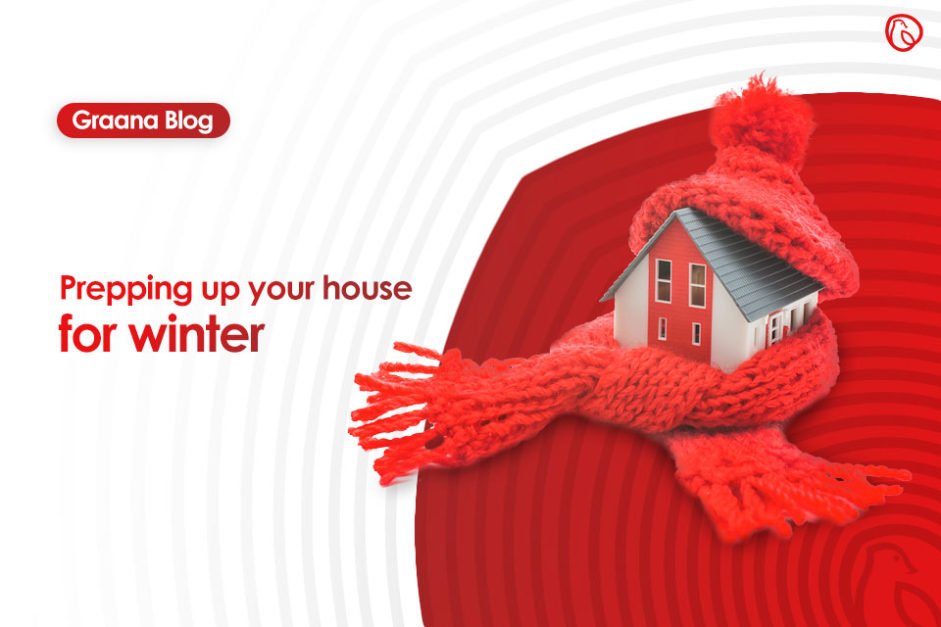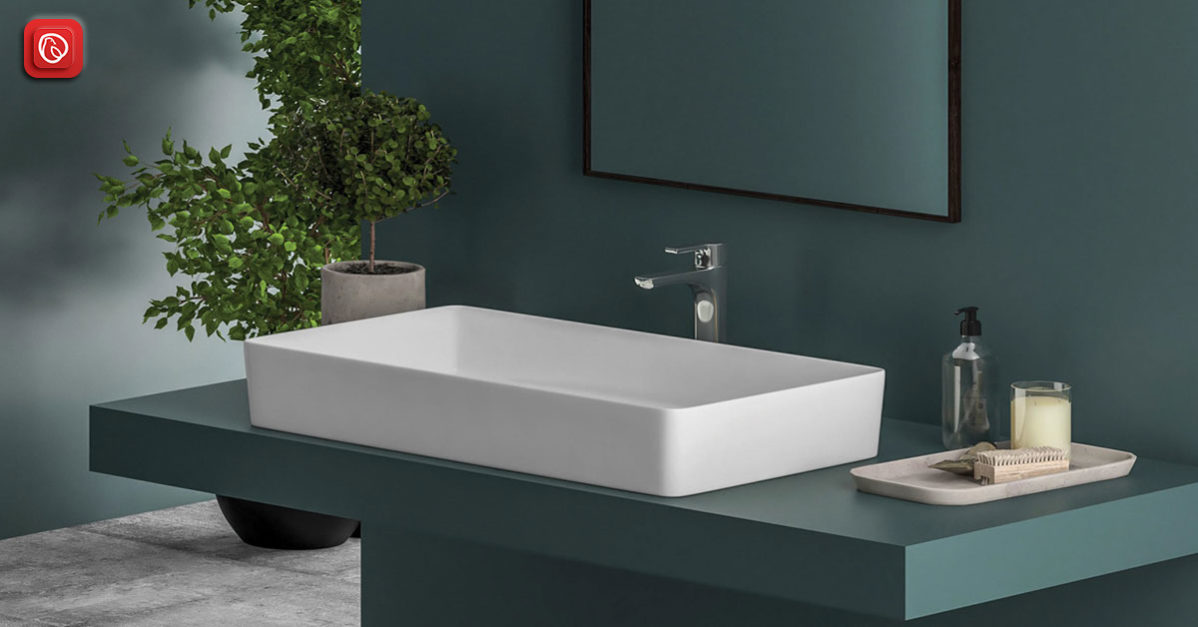Winter is coming…
It is probably the most used line that everyone has cashed on to introduce winters or winter-related things. Undoubtedly, winter is coming but not for another couple of months, and with the increasing inflation and the oil prices hiking, how do you plan on tackling winter winds and frosty windows as you keep your houses warm?
Winters is a favourite time of the year for many. In the twin cities, this season is a whole new phenomenon, as the beauty of the town is unrivalled with the roads covered in leaves as autumn takes over and everything is orange with shades of yellow.
The winter season makes many people feel happy and alive due to the dropping temperatures. As a break from the summer heat, many may have already started praying for the winter to arrive. But with the winters arriving, battling the cold becomes another mission. The goal is to trap heat and stay warm, be it yourselves, or your rooms and homes.
Wrapping yourselves up in warm clothes and drinking tea/coffee/hot chocolate/soup does the trick… if only making your home winter-ready was just as easy. A well-winterised home has what it takes to stand up against the brutal winter temperatures. However, do you know how to prepare your houses to deal with the harsh winters?
Graana is here to prepare you for the winter, as this piece will guide you with lots of various ways to keep your home as warm as possible and without turning up your heating. Making the best use of the time on your hands, learn how to winter-proof your homes!
Mind the gaps
Want to stop that chill wind from entering your homes? Following are some ways you can keep the cold out.
Floors and walls
The first and important tip to protect your homes is to seal every kind of gap and crack in your floor foundation and walls. Hit the hardware stores to inquire about silicone-based fillers to seal the gaps in the floors. If you are on a budget and can’t find fillers, old newspapers or foam will do the trick. Roll up some pieces and fill the gaps and prevent chilly air and sneaky winter bugs from invading your indoors.

Placing a funky, woollen doormat outside your main doors can also do the trick to keep those cold draughts at bay.
Door frames and windows
Cracks and gaps around doors and windows also make your house lose heat. Remember to tackle this by sealing up the gaps indoor spaces by either using inexpensive insulating filler strips, wooden strips, or caulk. These are three cost-efficient ways to winterise your homes during the winter season. Keeping a house cool in extreme heat is a tedious task. But, do not worry because there are a couple of ways you can adopt to kick off unnecessary heat from your house.

Vents
Block all vents that lead to the outside using pieces of cardboard or wood. This will prevent the cold drafts from entering your house, and keep the heat from escaping through the vents as well.
Pile up insulations
To capture all the warmth and prevent your home from the falling temperatures that leave you cold and miserable, insulate the indoors. Loading up on insulation to keep indoors warm is the best ways to save the energy bill.
Floors
If you have wooden floorboards or a tiled indoors, make sure to cover up the floor spaces with carpets or rugs. Try to go for warm-toned pieces like shades of mahogany, yellow, and warmer shades like orange or chestnut to create an illusion of warmth while keeping your indoors bright.
Furniture space
Moving your furniture around will also help as there would be minimal space in the room, which would be easy to heat up.

For a more comfy setup, using floor cushions could also come in handy as they also add a level of zing to the indoors.
Windows
Darker colours trap heat, a basic scientific tip that everyone was taught right in the very beginning of science class. Keeping this in mind, before the winters arrive, one can always prepare to insulate their windows by changing the curtains to a thicker material and darker colour and adding a lining to them. This will insult your windows while keeping the indoors bright.

So, add more to your walls, floor, and basement ceiling to stay toasty.
Check out our blog on ways to decorate your homes?
Insulating pipes and tanks
One of the most difficult job during the winter season is going near the water. Any activity that involves water is a major no. Typically, because the gas geysers take some time before hot water flows from the faucets, the water is kept running.
Overcoming this environmental hazard is easy and important because we as a country are not in a place to waste any more water. So, as responsible citizens, we must insulate the water pipes. Start off by checking the conditions of the plumbing system. The pipes most vulnerable to freezing must be identified so that further work is made easier. They may be located outside or near unheated spaces.
Pipes can be insulated by using insulation sleeves or using slip-on foam pipe insulation. Remember to cover the pipes properly and not leave any gaps without insulation as cold air can affect the pipes in these spaces.

With this tip, you can play your role in saving water.
Another tip to keep the water warm during the winter season is to insulate the water tanks. This helps in avoiding freezing of water and keeps it warmer, which in turn helps in reducing your gas bills. A good insulating material covering the tank from the sides and the top will prevent heat from leaving the tank, keeping it warm enough to avoid freezing. These covers are easily available at hardware shops.
If the covers are unavailable, you can also paint your water tanks black. Black colour absorbs heat and this method is cheap and practical.
Radiators
The use of radiator heaters is, in fact, an ancient concept that has helped in keeping people warm. Over the years, this type of heater has slowly evolved into the low-maintenance, energy-efficient heaters that exist today.
Today, many households have radiators on the external walls. To make the most of these, line the radiators with aluminium foil as it will help reflect the heat back into the room instead of escaping through the wall. Reflective aluminium sheets are easily available at different shops that deal with steel products. With the level of benefit they provide, these panels efficiently trap heat and are also cost-effective.

You can always make the radiators more efficient by using household items like placing a wooden shelf above the radiator. This will help channel heat into the room instead of up towards the ceiling. Another tip is to make sure there isn’t any furniture in front of the radiators as that will absorb the heat.
Tend to your gutters
Imagine a cold night in the winter season, and you have to unclog your gutters…
To avoid this battle, stop procrastinating and get up to tend to your gutters. The gutters easily clog up due to monsoon downpours, fallen leaves, moss and dead summer bugs with other waste material. When your gutters are blocked, the rainwater flows onto the walls and back into your roof. This not only causes all sort of dampness and rot problems, that will also keep your homes cold.

So before the winter can make things worse, get a ladder to clear out any kind of obstruction.
You can either unclog your gutters yourself or get help in doing so. Whatever the case may be, remember that there will be pretty disgusting stuff down there so don’t forget to wear gloves. Once you’re done, run some water through the pipes to make sure it’s draining correctly.
Close off spaces
If your house has a central heating system, ensure that radiators are turned on in only the rooms that are used. To relieve debt from your bills, turn off radiators and close off spaces like storerooms or rooms not in use to keep your indoors warm.
Winter proofing occupied houses can be managed easily, but what if you’re planning on a vacation or leaving for a holiday and your houses will be vacant?
Vacant houses are particularly prone to more damage due to extended periods of freezing temperatures. Returning home to burst pipes, cracks, gaps and damaged flooring or plumbing will undoubtedly add to your misery as the repairs will be expensive and your homecoming won’t be welcoming.
By winter-proofing a vacant house, you are protecting your investment as it ensures that the house stays in good condition. This, in turn, will help you if you want to sell or rent it in the future or enjoy your time off without worry of unforeseen issues. So if your house is going to be vacant in the winter season, here are some tips and tricks that ensure winter-proofing.
Protecting plumbing
One of the most important tip to start off with is shut down the water supply from the main valve, which is located outside. In the absence of anyone, leaving the water lines open for an extended time is risky as it could result in a leak or burst pipe when no one will be there to repair it.
If you own property or houses in the northern areas, a key tip is to drain the water from the pipes. This can easily be done by turning on two faucets, one closest to the water supply and one being the furthest from where the water comes in. This helps drain the water from the pipes, after which you can completely shut off the water supply.
To drain water from the toilets, firstly, shut off the water supply and then flush slowly so that the water completely drains from the tank.

Doing this much is enough to ensure the safety of the plumbing system, but if you’re to go the extra mile, insulating your pipes by covering them can also help, especially for people who own houses in the Northern region. Pipe insulation can also help if you ever forget to turn off the water as insulating them properly can help keep them from bursting as the temperature falls. The task may sound difficult, but it is as easy as it can get to install, just slip it around the pipes and you’re done.
On a side note, if you have a boiler or a central heating system, the sensible approach will be to have an HVAC specialist winter-proof them. Due to various complexities, these systems can have water in them and dealing with that is a bit more complicated than other systems. A plumber may not be familiar with them.
Protecting doors and windows:
The same method would be sued for a vacant house for an occupied house. But protecting the doors and windows of a vacant house is far more important.

Using caulk to protect your windows and door jambs is the key to seal small cracks in the joints. This will not only help keep the cold out and trap the heat inside but also ensure protection as you’re away for a longer time.
One can also use bubble wrap to seal the windows and insulate them in the cold winter season. Using weather stripping around parts of the windows and doors that open and shut can also help protect them. Remember to display thick curtains that help keep your house warmer.
Winter proofing your houses may be little time consuming, but it will greatly help you to save up money as you avoid repairs. These are some tips to keep your homes warm before the winter seasons comes up so that you can fully enjoy the cold evenings with a cup of coffee while you gulp down pakoras. If we’ve missed out any tips, don’t forget to leave suggestions in the comments below.





